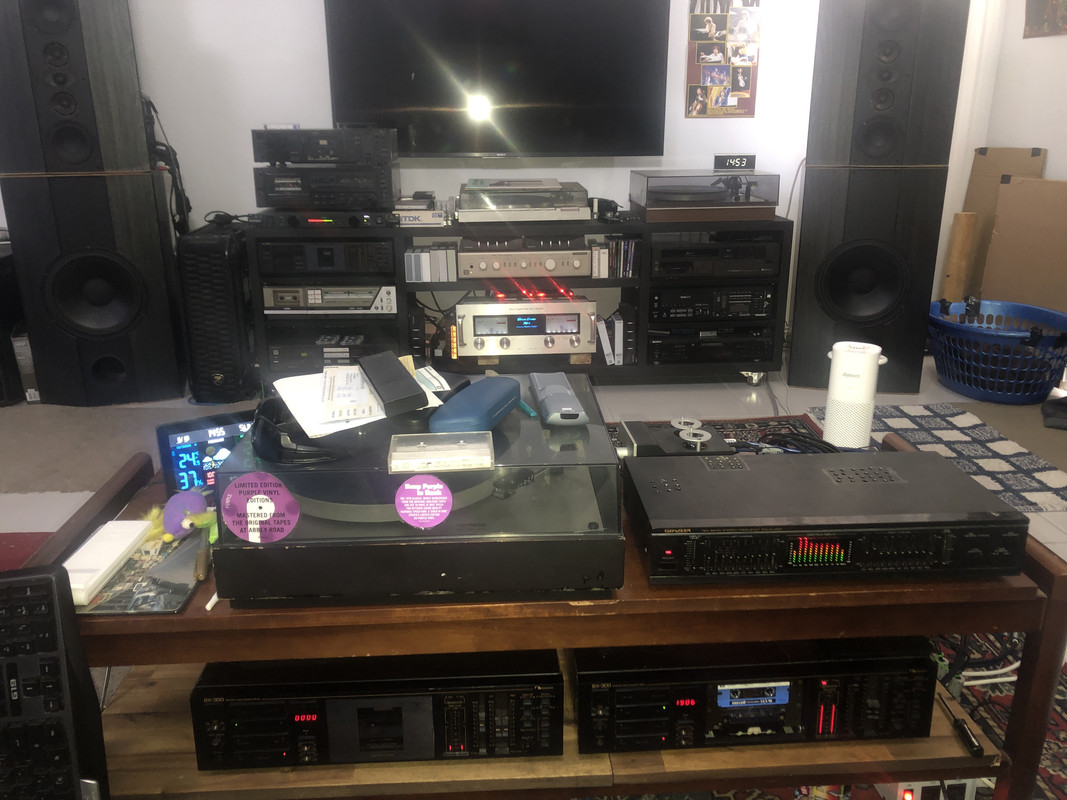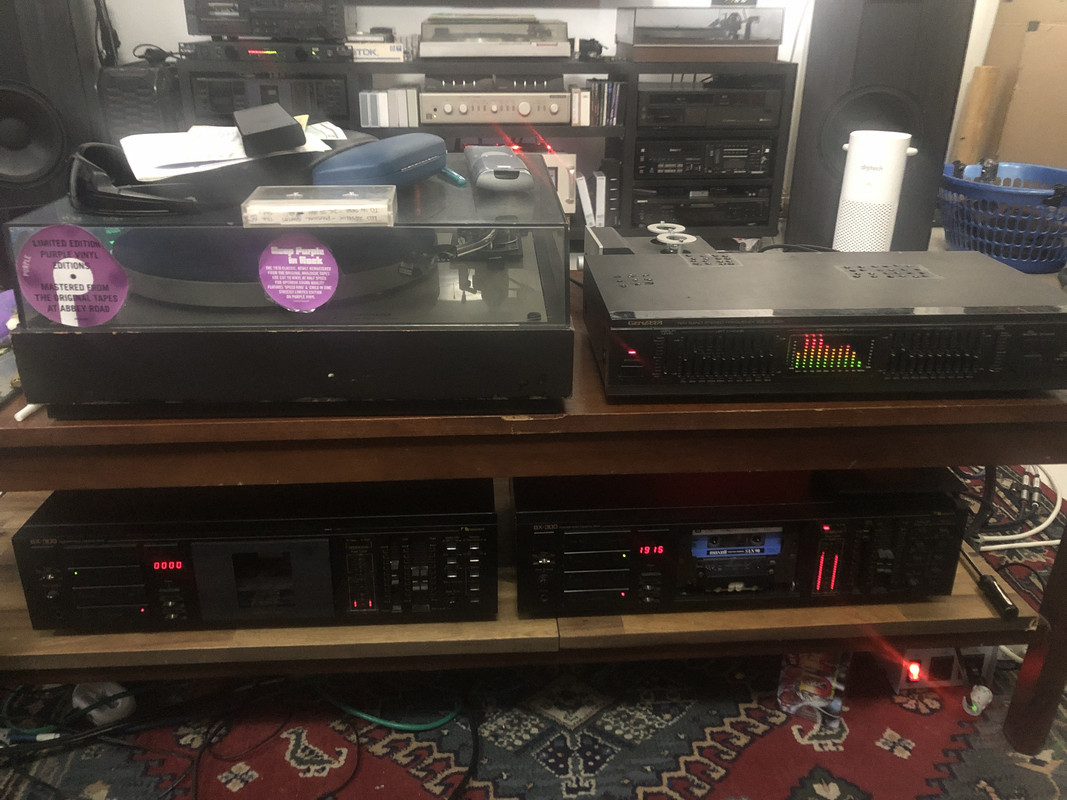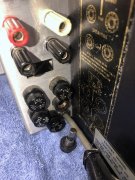MarkWComer
Veteran and General Yakker
- Joined
- Nov 1, 2014
- Messages
- 3,520
- Location
- Gaston, SC
- Tagline
- Victim of the record bug since age five
the only digit u need to worry about is deciding which one to stick up ur backside to stop ur insides from oozing out once you've heard this thing.
HA HA HA! Now that paints a picture!






 I suspect DC protect saved my ass. Damn that was a loud pop.
I suspect DC protect saved my ass. Damn that was a loud pop. 